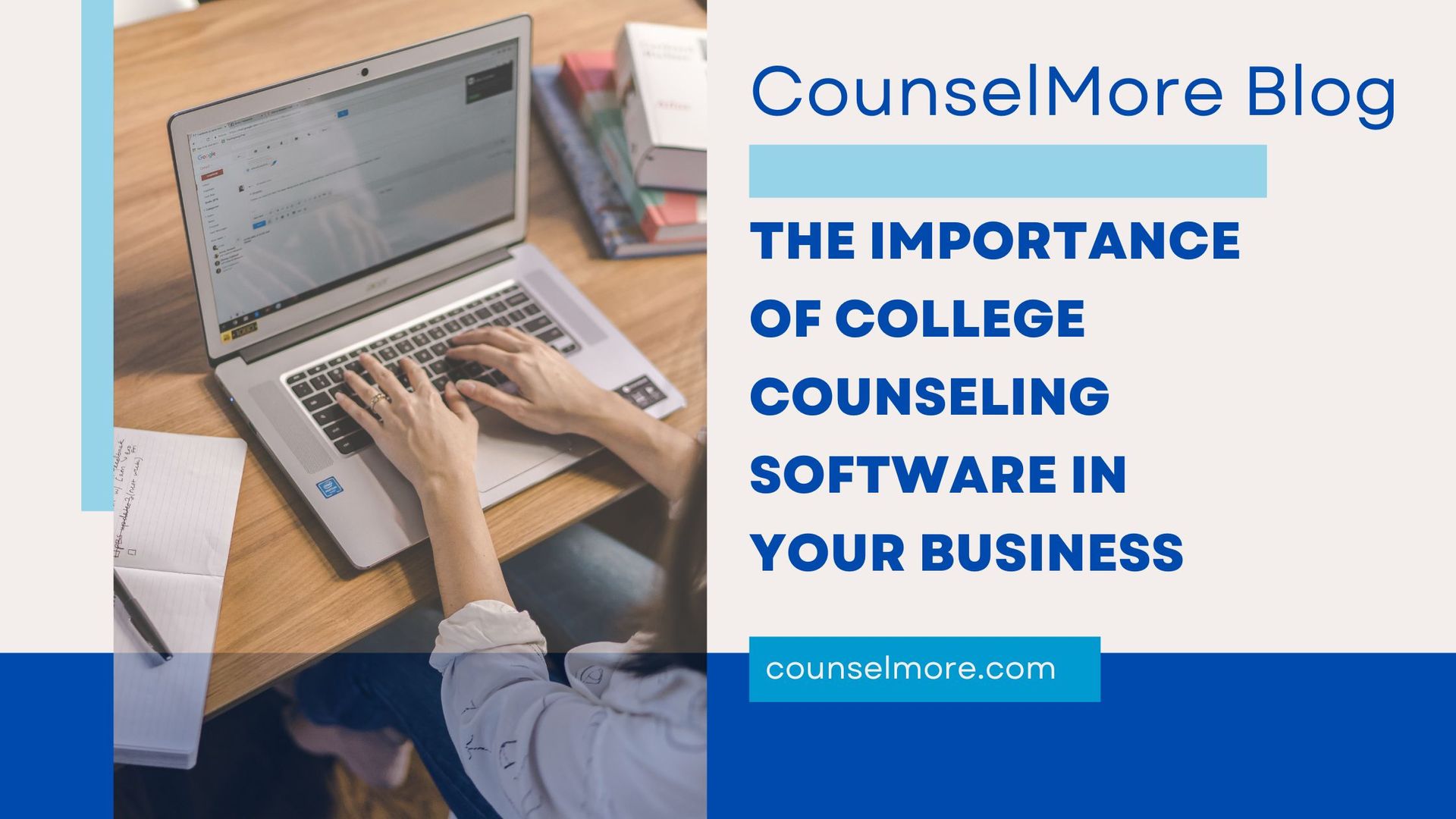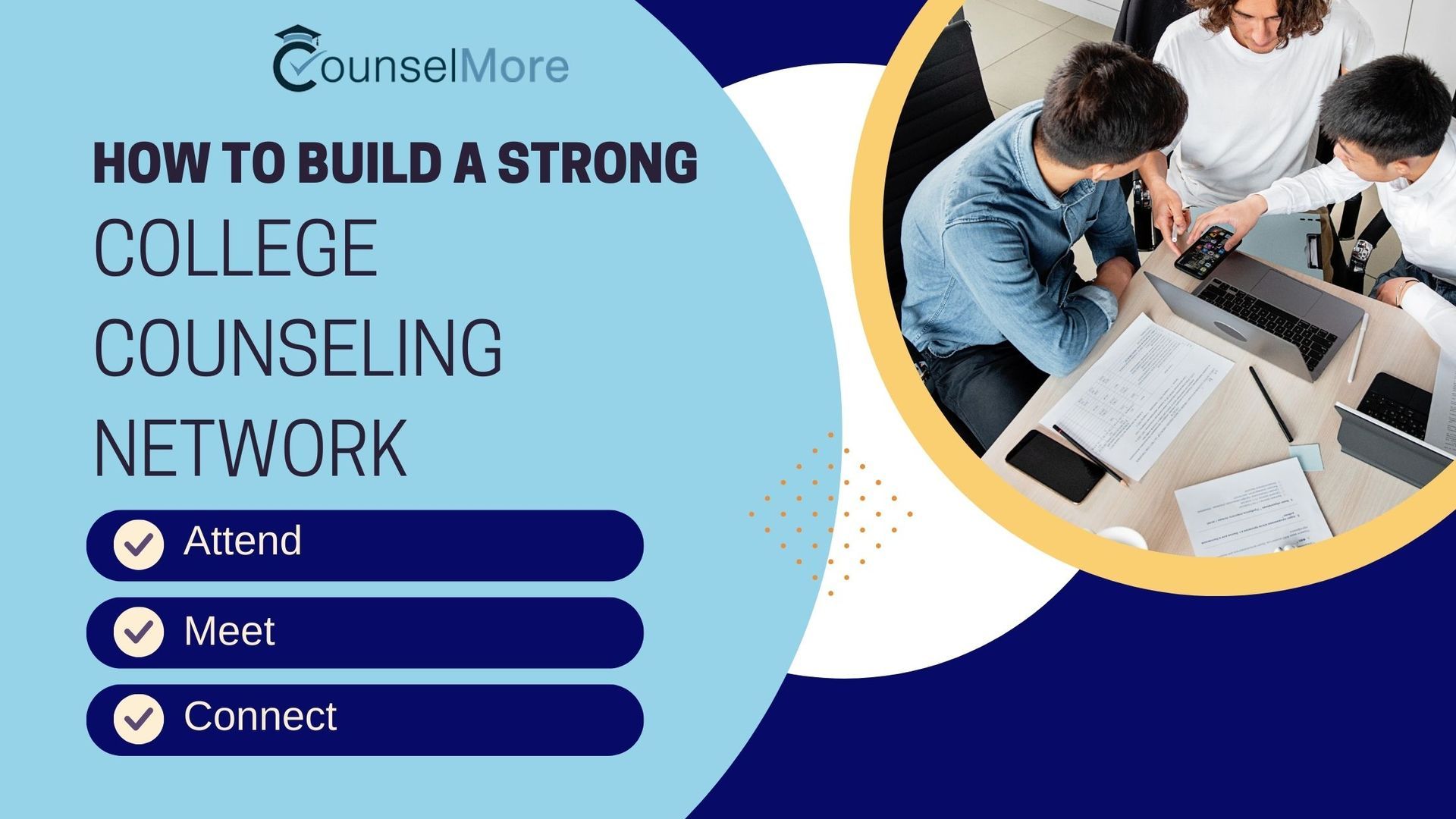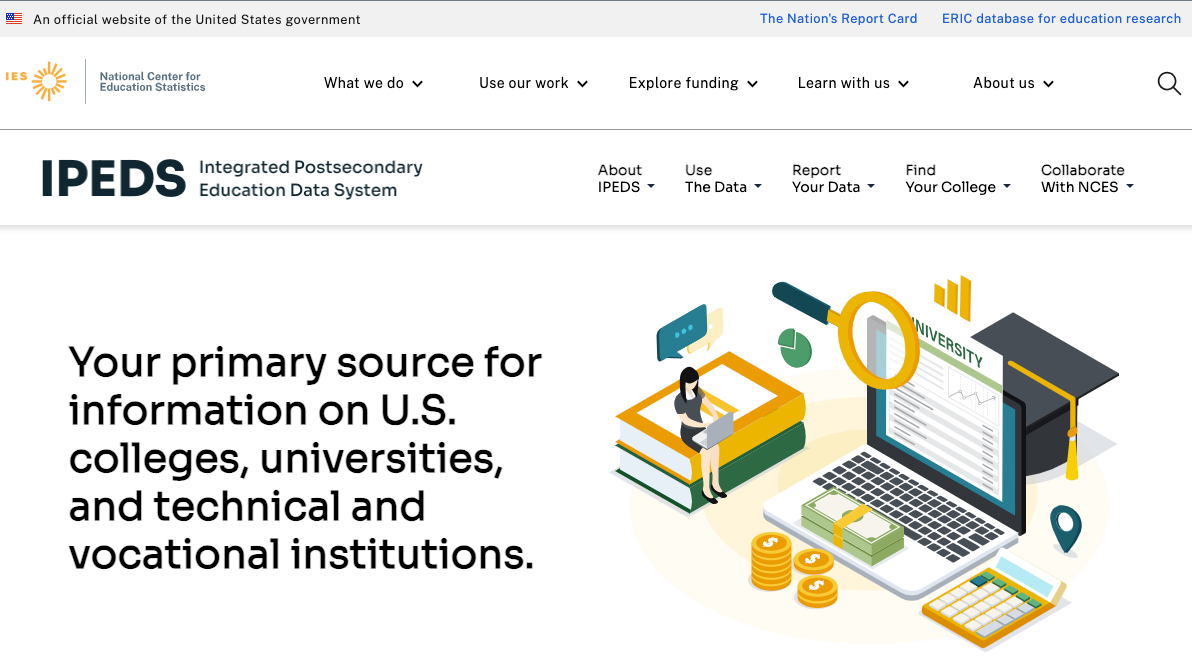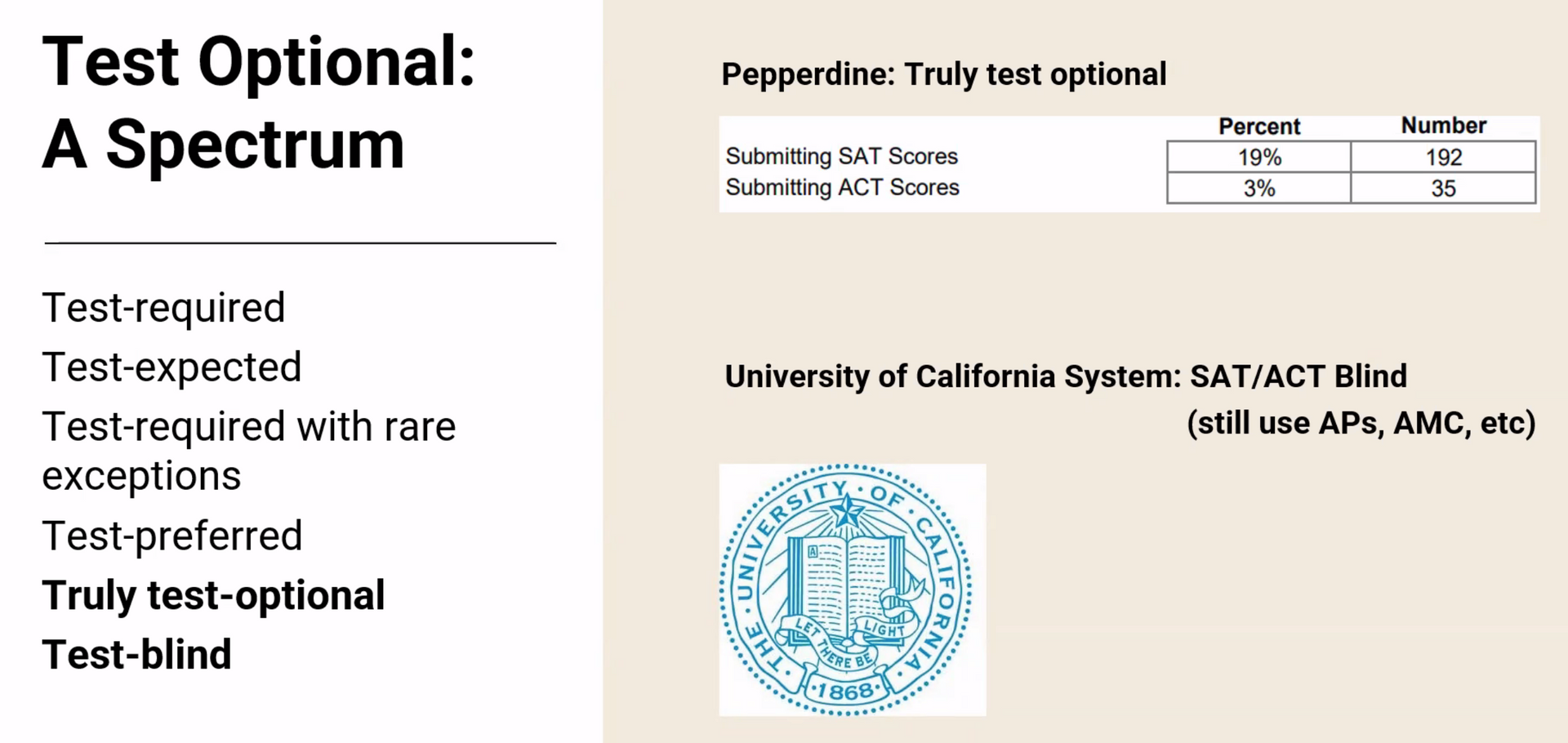We love our colleagues and want to share your good advice. As a college counselor, sharing your knowledge and expertise with others is crucial for personal growth and community building. Guest blogging for
CounselMore educational consulting software is an excellent and easy way to achieve this goal. CounselMore will extend your digital reach. However, it's essential to understand the requirements and guidelines for writing a successful blog post.
CounselMore Guest Blogging Requirements
If you're interested in writing a guest blog post for CounselMore, you must meet specific requirements. Firstly, blogging is exclusively reserved for active members and partners. Secondly, presenting at one of CounselMore's
monthly community events is ideal before writing a blog post. This helps you contribute to
CounselMore's community and ensures that you're familiar with the concerns of your colleagues; other college counselors. This also drives Search Engine Optimization (SEO) by advertising your presentation corresponding to your blogging. If you're interested in growing your digital presence effortlessly by presenting at a
community event or writing a blog post (or a few), you can reach out to CounselMore's team to express your interest.
support@counselmore.com
So, remember the following to write a guest blog post for CounselMore:
- Presenting at one of CounselMore's monthly community events is ideal before writing a blog post
- Contact CounselMore's team to express your interest in presenting or writing a blog post.
Blogging Format and Heading Guidelines
You must follow specific formatting guidelines. Your blog's title should be in H1 format, followed by an introduction paragraph. The body of the article should be broken up into several main points, each with at least one paragraph. You should have a minimum of four main points, with each point beginning with a heading in H2 format. The final paragraph of your blog should be a conclusion with the heading that reads "Conclusion" in H2 format.
Here are the blogging format guidelines summarized in bullet points:
- Title in H1 format
- Introduction paragraph
- Minimum of 4 main points
- Each main point should have at least one paragraph
- Each main point should begin with a heading in H2 format
- Conclusion paragraph with heading in H2 format
Write to the Appropriate Audience
It's essential to remember that your audience is a community of college counselors. You should write your blog post as if a new or seasoned college counselor is reading it. The aim is to help your fellow college counselors and not solely promote your service. Focus on providing useful information and insights that reflect your professional experience rather than marketing your services.
Parents do read the CounselMore blog. Your advice to your colleagues equally compels parents as they are with your advice to potential clients.
1000 Word Count Requirement
To ensure your guest blog post ranks higher on search engines, you must write an article at least 1000 words long. A blog post with more words generally performs better in search engine rankings, with more opportunities to target specific keywords. This also ensures that the web presence of your own website ranks higher. It’s a win-win scenario for both CounselMore and your business’ website.
Include a Bio about You and Your Practice
You should include a brief bio about yourself and your practice in your guest blog post. This should be positioned at the bottom of your blog post. Your bio should include your name, where you practice, any niche skills, and any philosophical approach or belief that helps distinguish you as an educational consultant. You may include one hyperlink to a page on your website in your bio.
Focus on Niche College Counseling Topics
Focus on
niche topics to ensure your blog post is useful to college counseling colleagues. Avoid writing about general guidelines that the average college counselor / educational consultant already knows, such as vague essay suggestions or the Ivy League's competitiveness. Instead, prioritize specificity and depth over general and vague information.
Backlink and Hyperlink Guidelines
If you reference a source in your blog post, cite it in APA or MLA format, but do not include an active hyperlink to the source. The only link you should include, will be in your bio at the bottom of the article. This ensures that your blog post is credible and not spammy, which increases its power. Following these guidelines ensures that your guest blog post for CounselMore educational consulting software and community is well-structured, informative, and professional.
Using Images in your blog
As a guest blogger, incorporating images into your posts can greatly enhance your content's visual appeal and engagement. That said, you are not required to use images in your blog. Just know that your post will likely get more engagement if you do use images. However, it is important to use images in an appropriate and respectful manner. First, ensure that you have the proper rights and permissions to use any images you include in your post, whether it be through your own original content or licensed from a reputable source.
If you want free images that won’t infringe on any copywriting issues, use these sites:
- Unsplash: Unsplash offers a large collection of high-quality images that can be used for personal or commercial purposes. The images are free to use, and no attribution is required.
- Pexels: Pexels provides a vast library of free stock photos and videos that can be used for both personal and commercial purposes. Attribution is not required but appreciated.
- Pixabay: Pixabay has over 1.9 million high-quality images, illustrations, and vector graphics that can be used for personal or commercial projects. No attribution is required but appreciated.
- Burst: Burst is a free stock photo platform that Shopify powers. They offer thousands of high-resolution images that can be used for commercial or personal purposes without attribution.
- Freepik: Freepik provides a wide range of free vectors, PSDs, icons, and stock photos for personal and commercial use. Attribution is required for the free version of their images, but they also offer a premium subscription that allows for attribution-free use.
- Canva is another great website that allows bloggers to use images for free. Canva provides a vast collection of templates, graphics, and photos that can be used for both personal and commercial projects. While Canva offers a premium subscription that unlocks additional features and resources, many free options are still available. Canva also provides an easy-to-use design platform that allows bloggers to customize their images and create unique visual content for their blogs.
Additionally, be mindful of the size and placement of your images within your post, as large or improperly placed images can disrupt the flow and readability of your content. Finally, consider the relevance and purpose of each image, and ensure that they add value to your post and support your overall message. By following these guidelines, you can effectively utilize images to enhance the impact and effectiveness of your guest blogging content.
Submitting Your Blog Post
Once you have written your blog post, you must submit it to CounselMore's team for review. Your post will be reviewed for compliance with the abovementioned requirements, accuracy, clarity, and overall quality. If your blog post meets the necessary criteria, it will be published on CounselMore's website, and you will be notified accordingly. If there are any issues with your post, you will be informed of the necessary changes that need to be made before it can be published.
By submitting your blog post, you are granting CounselMore permission to post your blog. To send your blog submissions:
Email
Support@counselMore.com
Send a link to a Google Drive shared document.
Set the share permissions to “anyone with the link” can “edit”
Doing so allows the CounselMore team to download and manipulate the article’s formatting more easily and quickly. The greater the convenience of posting the article, the faster it will be published.
Conclusion
In conclusion, writing a guest blog post for the professional CounselMore community is an excellent opportunity to share your expertise with other college planning professionals while promoting your services. Partnering your blog with a community presentation will maximize your efforts. However, following the requirements and guidelines outlined above is essential to ensure your blog post is well-structured, informative, and has the farthest reach. By doing so, you can best capitalize on the impact of your blog post and establish, build, and secure your position as a credible and authoritative voice in the educational consulting community. CounselMore supports the educational planning industry by building concrete avenues to expand your practice and delivering research-proven tools to deliver your services easily. Join our professional community today!



















